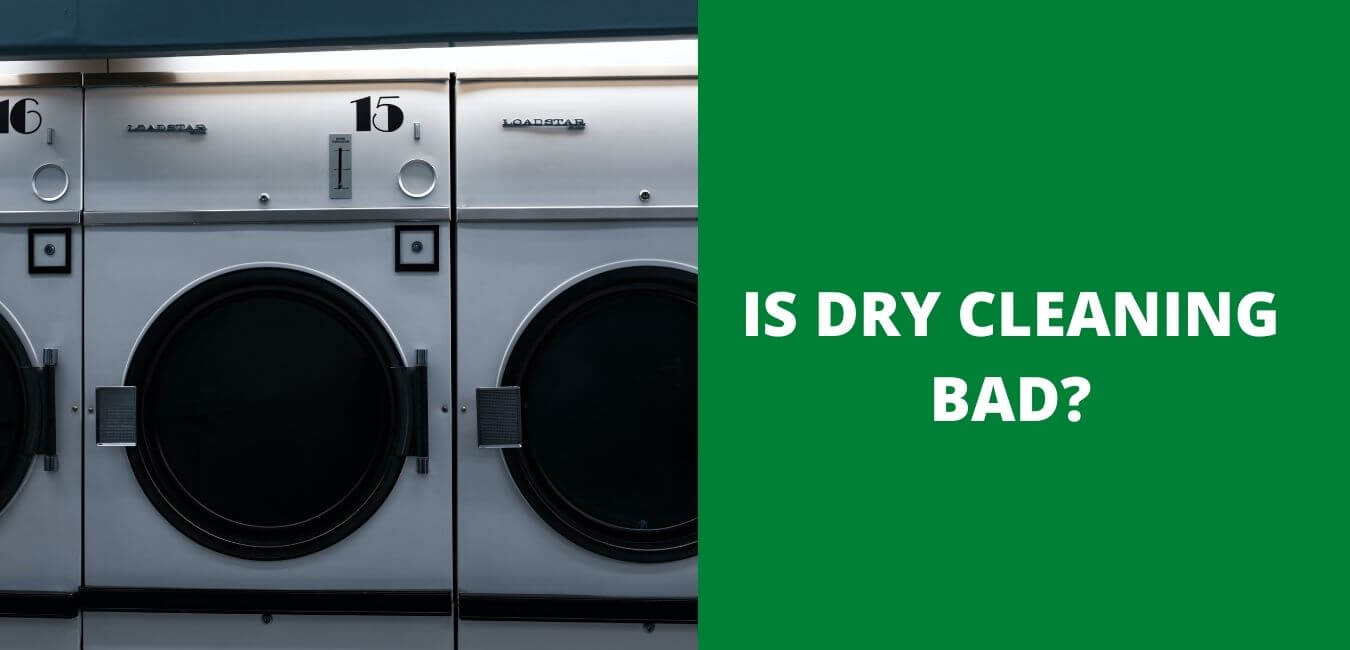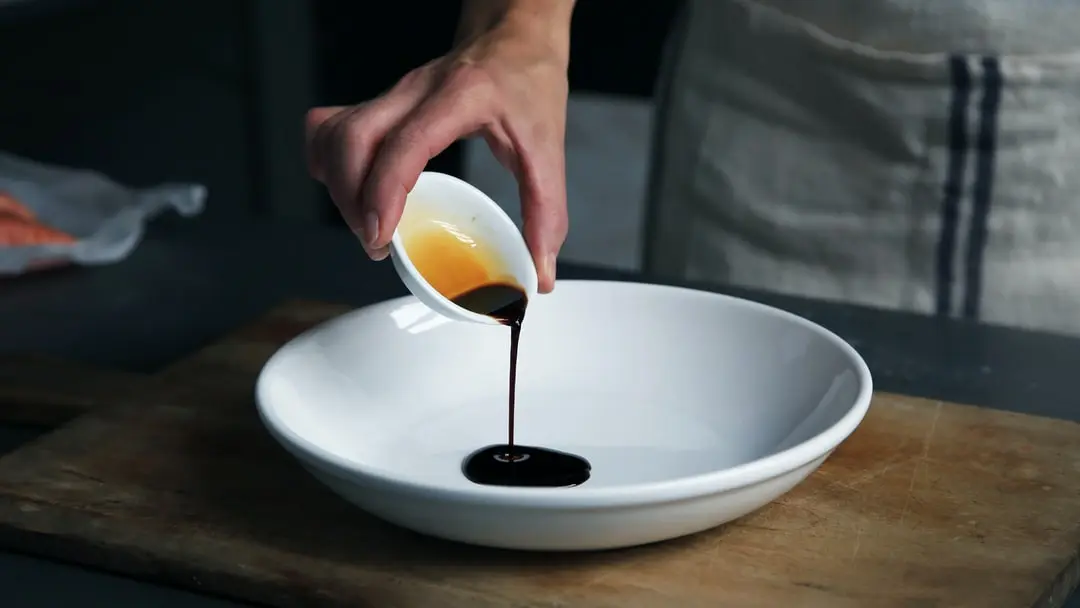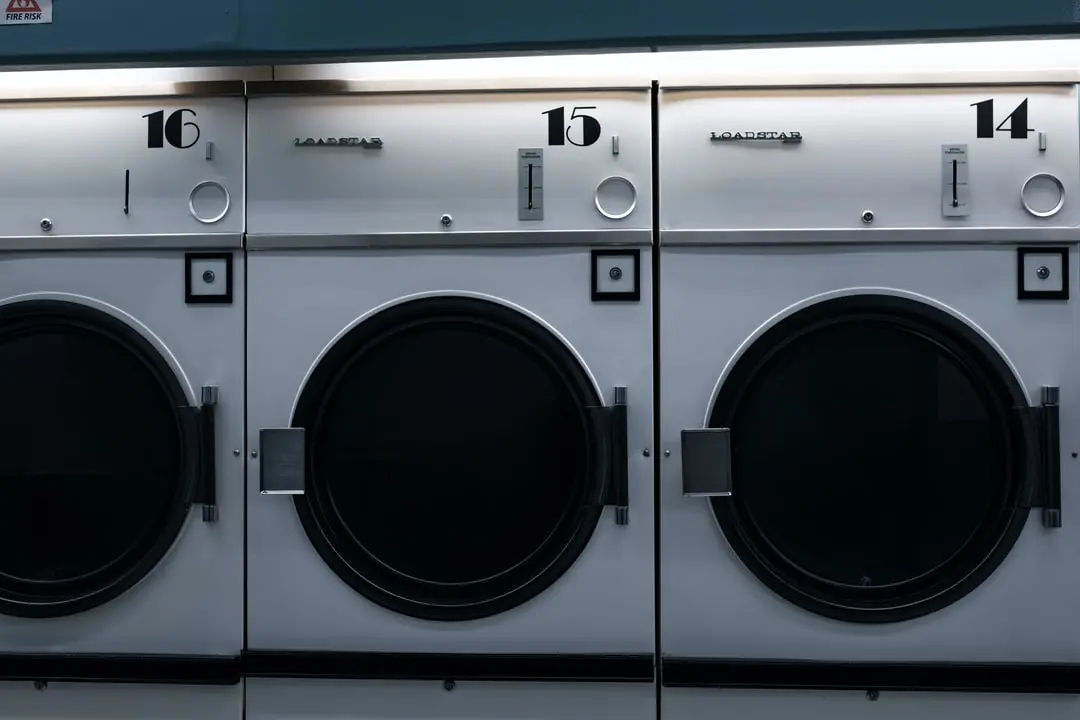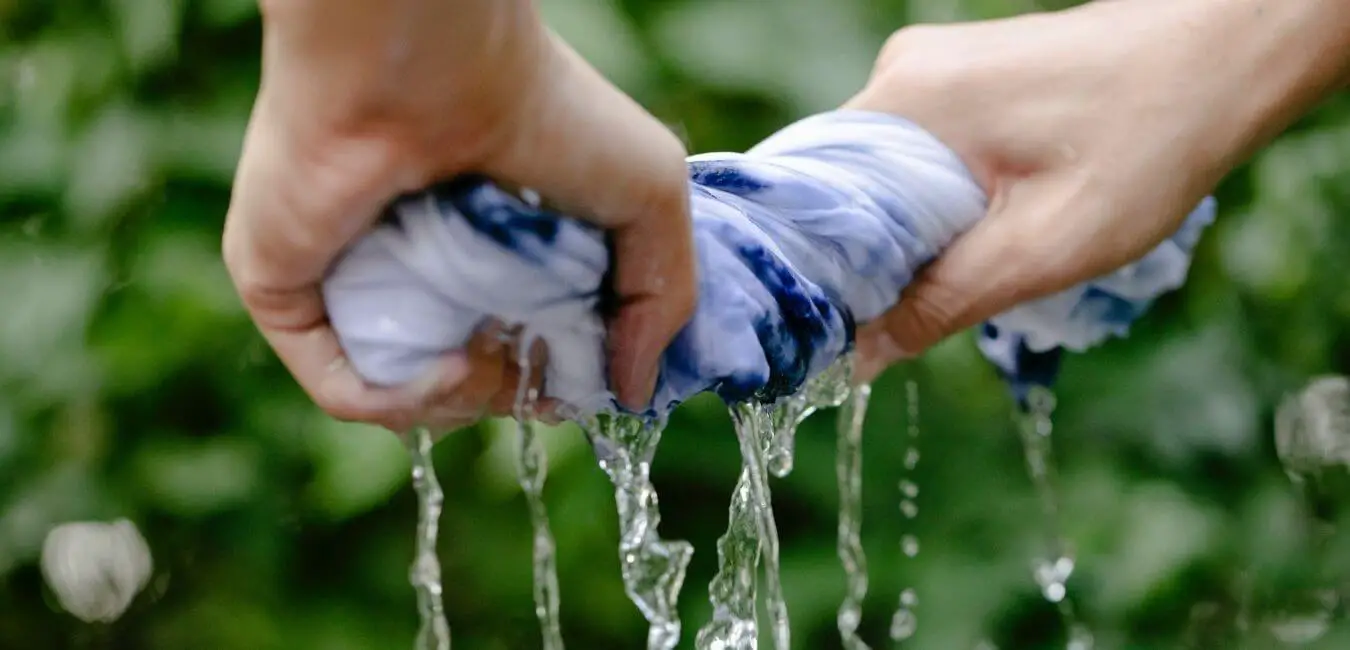Encountering a stink bug stain on your favorite piece of clothing can be frustrating. Stink bugs, known for their pungent odor, also leave stubborn stains that are notoriously hard to remove.
This blog post will guide you through effective solutions to eliminate those pesky stains from washable fabrics. Let’s dive in and reclaim the freshness of your clothes!
Key Takeaways
- Stink bug stains are caused by the foul-smelling liquid they release as a defense mechanism.
- To remove stink bug stains from washable fabric, pre-treat the stain with white vinegar and hydrogen peroxide, soak the fabric in a solution of water and detergent, and wash it as usual.
- It is important to avoid scrubbing or rubbing the stain, use specialized stain removers, and patiently repeat the cleaning process if necessary.
- Stink bug stains can also be removed from carpets and upholstery by blotting, pre-treating with enzyme-based cleaners, rinsing with warm water, and thoroughly drying.
Understanding Stink Bug Stains
Stink bug stains are the result of their defensive mechanism, which involves releasing a foul-smelling liquid when they feel threatened.
The science behind stink bug stains
Stink bugs, particularly the brown marmorated variety that originates from Asia, implement a rather pungent defense mechanism. The foul odor they release is part of their survival strategy, deterring predators and luring fellow stink bugs for company.
These chemicals are notorious not just for their smell but also for causing unsightly stains on your washable fabrics. When these tiny marauders feel threatened or get crushed, they produce this smelly substance that leaves yellow to brown spots when it comes in contact with your fabric.
This residue is what we commonly refer to as a ‘stink bug stain.’ Being aware of the science behind these stubborn stains can help you better tackle them using specialized methods and solutions such as enzyme-based products and mixtures of white vinegar or hydrogen peroxide.
Factors to consider when removing stink bug stains

- Use a specialized product or enzyme-based stain remover designed to tackle insect stains on washable fabrics.
- Create a solution using white vinegar and hydrogen peroxide, which can help break down and remove stink bug stains.
- Consider using baking soda, peroxide, and dish soap as an alternative method for removing stink bug stains from curtains.
- Oxygen-based bleach and heavy-duty laundry detergent can be effective in eliminating stubborn insect stains from washable fabrics.
- When trying to remove stink bug stains from the skin, options to consider include vinegar, baking soda, Dawn dish detergent, and olive oil.
- Stink bug stains on walls or countertops are usually easier to remove, but may pose a challenge if they are on Day/Night Shades.
- For skin, it’s recommended to wash hands with warm water and hand soap when dealing with stink bug stains.
- An effective method for getting rid of stink bugs is to trap them under glass using a piece of paper and then dispose of them outside.
Materials and Tools Needed to Remove Stink Bug Stains
Removing stink bug stains requires specific materials and tools to ensure effective cleaning. Here’s the list of what you need:
- Enzyme-based stain removers: These specialist products can target and break down the proteins in insect stains, including those caused by stink bugs.
- White vinegar: A natural disinfectant, white vinegar helps neutralize odors and lighten stains.
- Hydrogen Peroxide: This acts as a whitener for washable fabrics. Remember, it could potentially bleach colored fabrics.
- Heavy-duty Laundry Detergent: To remove any lingering residues or odors from your fabric.
- Baking Soda: Great for removing odor and helping to lift the stain out of the fabric.
- Dish Soap: Effective at cutting through any oily residues left by the bugs.
- A bucket or basin for soaking stained items: Soaking will help to loosen stains before washing.
- Soft Cloth or Sponge: For applying your chosen cleaning solution directly to the stain area.
Step-by-Step Guide to Removing Stink Bug Stains from Washable Fabrics
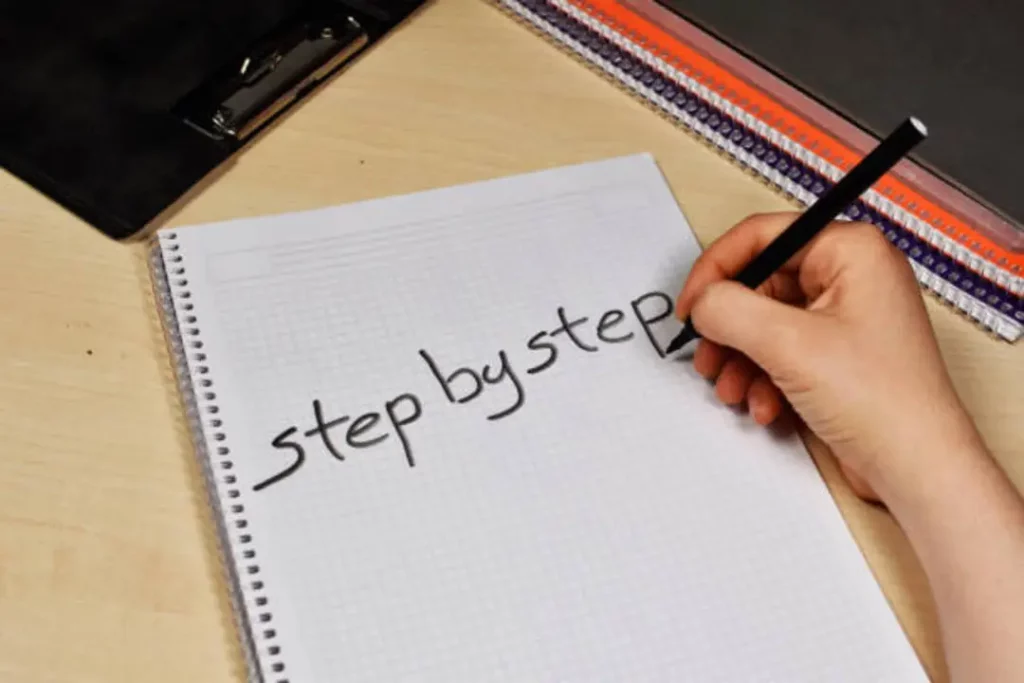
To remove stink bug stains from washable fabrics, follow these simple steps. First, pre-treat the stain by dabbing it with a solution of white vinegar and hydrogen peroxide. Then, soak the fabric in a mixture of hot water and heavy-duty laundry detergent for at least 30 minutes.
Next, check for any remaining stains and repeat the soaking process if necessary. After that, wash the fabric in your washing machine using oxygen-based bleach or regular detergent.
Finally, inspect the fabric to ensure that the stain is gone before drying it as usual.
1. Pre-treating the stain
Pre-treating the stain on your washable fabric is a critical first step in combating stink bug stains. This act allows for the breakdown of the stubborn insect stain before it sets deeper into the fabric fibers, boosting the chances of completely eliminating it.
Start by gently blotting away any excess stink bug residue from your fabric with a clean dry cloth – caution not to rub or scrub as this can push the stain further in. Following that, apply an enzyme-based stain remover – these are proficient at breaking down protein-based stains like those left by insects.
Distribute it evenly over the stained area ensuring all parts are well-covered and let it sit for about five minutes to penetrate and dissolve the stain effectively. A household item like liquid dish detergent also works wonders if you don’t have a specialized product around.
Remember, patience during pre-treatment gives your choice of cleaner ample time to work its magic!
2. Soaking the fabric
To effectively remove stink bug stains from washable fabrics, soaking the fabric is an essential step. After pre-treating the stain and ensuring that most of it has been removed, you should fill a basin or sink with cool water and add a cup of white vinegar.
White vinegar not only helps to eliminate the odor but also acts as a natural disinfectant. Soak the fabric in this solution for about one hour, allowing it to penetrate deep into the fibers and break down any remaining residue.
Remember to gently swish the fabric around every now and then to ensure even distribution. Once soaked, rinse the fabric thoroughly with clean water to remove any soap residue or leftover vinegar smell.
3. Checking for remaining stains
After soaking the fabric and treating the stink bug stain, it’s important to thoroughly check for any remaining stains. Take a close look at the fabric in good lighting to ensure that all traces of the stain are gone.
Look out for any discoloration, residue, or lingering odor.
If you still spot remnants of the stain, don’t worry! Repeat the pre-treating and soaking process as needed until the stain is completely removed. Remember to be patient and persistent – some stink bug stains may require multiple treatments before they vanish entirely.
4. Washing the fabric
To effectively wash the fabric and remove stink bug stains, start by using a gentle stain remover or pre-treating the stained areas. After this, soak the fabric in a solution of warm water and laundry detergent for about 30 minutes.
Check for any remaining stains before washing the fabric as usual with regular detergent. To ensure that the stain is completely gone, inspect the fabric after it has dried. Keep in mind that if you’re dealing with stubborn stains, it may be necessary to repeat these steps multiple times until the stain is successfully removed.
5. Drying and inspecting the fabric
After washing the fabric to remove stink bug stains, it’s important to properly dry and inspect it. Gently squeeze out any excess water from the fabric before hanging or laying it flat to dry.
Avoid using the dryer as high heat can set any remaining stains. Once the fabric is completely dry, carefully examine it for any lingering spots or discoloration. If you notice any remaining stains, repeat the stain removal process or consider using a specialized stain remover for tough stains.
By ensuring proper drying and inspection, you can be confident that your washable fabric is free from stink bug stains and ready to use again.
Additional Tips for Handling Stink Bug Stains

Avoid scrubbing or rubbing the stain, as this can spread and embed it further into the fabric. Instead, gently blot the stained area with a clean cloth or paper towel to remove any excess moisture and residue.
1. Avoiding scrubbing or rubbing the stain
When dealing with stink bug stains on washable fabrics, it’s crucial to avoid the temptation to scrub or rub the stain. Scrubbing vigorously can actually push the stain deeper into the fabric and make it more difficult to remove.
Instead, gently blot the stain using a clean cloth or paper towel. This will help absorb any excess liquid and prevent the stain from spreading further. Remember, patience is key when tackling stink bug stains – take your time and dab at the stain until you’ve removed as much of it as possible before proceeding with further cleaning steps.
2. Using specialized stain removers
When it comes to removing stink bug stains from washable fabrics, using specialized stain removers can be highly effective. Look for enzyme-based stain removers, as they are particularly designed to break down the organic compounds found in stink bug stains.
These products work by targeting and breaking down the proteins and enzymes that cause the stains, allowing for easier removal. When applying the stain remover, make sure to follow the instructions on the product packaging and thoroughly saturate the stained area.
Allow it to sit for a few minutes before washing the fabric as usual. With a good quality stain remover, you’ll be able to say goodbye to those pesky stink bug stains in no time!
How to Remove Stink Bug Stains from Other Surfaces

To remove stink bug stains from carpets and upholstery, start by blotting the stain with a clean cloth to absorb any excess liquid. Then, mix a solution of white vinegar and warm water in a spray bottle and spritz it onto the stain.
Allow the solution to sit for a few minutes before using a clean cloth to blot the area again. Repeat this process until the stain is gone, and then allow the carpet or upholstery to air dry completely.
Carpets and upholstery
When it comes to removing stink bug stains from carpets and upholstery, here are some effective methods you can try:
- Blot the stain: Use a clean cloth or paper towel to gently blot the stained area. Avoid rubbing or scrubbing, as this can spread the stain and make it harder to remove.
- Vacuum: Use a vacuum cleaner with a brush attachment to remove any loose dirt or debris from the stained area.
- Pre-treat the stain: Apply a small amount of enzyme-based carpet or upholstery cleaner directly onto the stain. Let it sit for a few minutes to allow the enzymes to break down the stain.
- Blot again: After pre-treating, use a clean cloth or paper towel to blot the stained area. This will help lift the stain and remove any remaining residue.
- Rinse with warm water: Moisten a clean cloth with warm water and gently dab at the stained area to rinse away any remaining cleaning solution.
- Repeat if necessary: If the stain is still visible, repeat the pre-treatment and blotting steps until the stain is no longer visible.
- Dry thoroughly: Once the stain is removed, ensure that the carpet or upholstery is thoroughly dried. You can use a fan or open windows to aid in drying.
Frequently Asked Questions

1. What is the best method for removing a stink bug stain from washable fabric?
The best method for removing a stink bug stain from washable fabric is to start by gently scraping off any excess residue with a dull knife or spoon. Then, pretreat the stained area with a prewash stain remover or liquid detergent. Allow the product to sit on the stain for about 10-15 minutes before washing the fabric in cold water using your regular laundry detergent.
2. Can I use bleach to remove a stink bug stain from washable fabric?
Bleach should be used with caution when trying to remove a stink bug stain from washable fabric. It is generally not recommended as it can damage certain types of fabrics and cause color fading. Instead, opt for gentler cleaning methods such as prewash stain removers or liquid detergents specifically designed for removing stains.
3. What if the stink bug stain doesn’t come out after washing?
If the stink bug stain remains after washing, do not place the item in the dryer as heat can set the stain permanently. Instead, repeat the pretreatment process mentioned earlier and rewash the fabric using cold water and detergent. For stubborn stains, consider using an enzymatic cleaner specifically formulated to break down organic stains.
4. Are there any special precautions I should take when treating a stink bug stain on delicate fabrics?
When dealing with delicate fabrics, it’s important to test any cleaning solution or product on an inconspicuous area first to ensure it doesn’t cause discoloration or damage. Additionally, avoid rubbing too vigorously, as this can weaken fibers or create friction marks on sensitive materials like silk or cashmere. Consider seeking professional dry-cleaning services if you’re unsure about how to safely treat a stink bug stain on delicate fabrics.
Conclusion and final thoughts 💭
In conclusion, with the right materials and techniques, removing stink bug stains from washable fabric is definitely possible. By pre-treating the stain, soaking the fabric, and using specialized stain removers, you can effectively get rid of those stubborn marks and eliminate any lingering smell.
Remember to always follow care labels and be patient throughout the process. With a little effort, your clothes will be stain-free and fresh-smelling once again!


